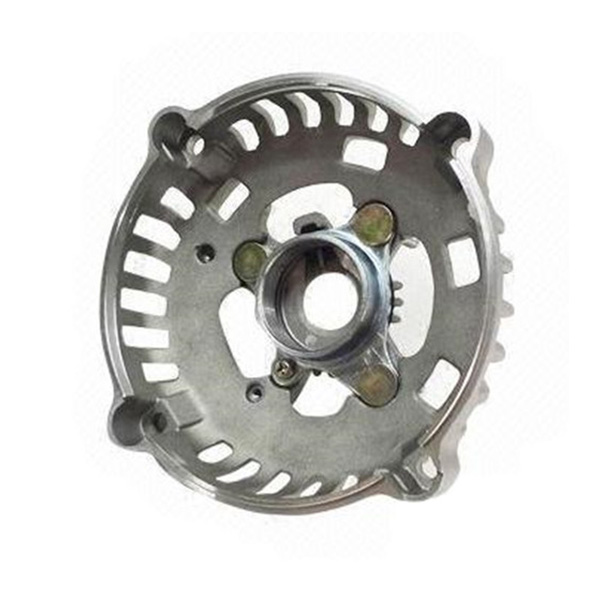Mobile:+86-311-808-126-83
Email:info@ydcastings.com
Exploring the Design and Functionality of S400 Compressor Outlet Elbow Components in Performance Systems
The Importance of the S400 Compressor Outlet Elbow in High-Performance Turbocharging
In the realm of automotive performance, turbochargers have revolutionized how vehicles generate power and efficiency. Among the various components that contribute to the effectiveness of a turbocharging system, the S400 compressor outlet elbow stands out as a critical element, both in design and functionality.
Understanding the S400 Turbocharger
The S400 series of turbochargers, developed by BorgWarner, is renowned for its robust build and exceptional performance. These turbochargers are commonly used in high-performance applications, including motorsports and heavy-duty vehicles, where maximizing airflow and minimizing turbo lag are paramount. The S400 boasts a large compressor wheel and housing, enabling it to deliver significant airflow and pressure ratios, which are essential for achieving desired power outputs.
Role of the Compressor Outlet Elbow
The compressor outlet elbow is a vital component that connects the turbocharger's compressor housing to the intake system of an engine. Its design directly impacts the airflow characteristics and efficiency of the turbocharger. The elbow facilitates a smooth transition for the compressed air, minimizing turbulence and loss of pressure. This is crucial for maintaining the performance benefits provided by the turbocharger.
One of the primary functions of the S400 compressor outlet elbow is to optimize the flow of air exiting the turbocharger. A well-designed elbow can significantly reduce pressure drop, enabling the engine to achieve better throttle response and increased horsepower. Poorly designed or restrictive elbows can lead to a bottleneck effect, preventing the engine from fully utilizing the compressed air produced by the turbocharger. Consequently, performance gains are diminished, and turbo lag may increase.
s400 compressor outlet elbow

Design Considerations
When selecting or designing a compressor outlet elbow, several factors should be considered. First and foremost is the diameter of the elbow. It is critical that the diameter matches or slightly exceeds that of the turbocharger outlet to ensure efficient airflow. A too-narrow outlet can cause restrictions that hinder performance, while an overly large outlet may lead to a loss of velocity.
Material selection is another important aspect. High-performance applications often see increased heat and pressure conditions, making it essential to use durable materials that can withstand such extremes. Common materials for compressor outlet elbows include aluminum and stainless steel, both of which offer excellent strength-to-weight ratios and resistance to corrosion.
Customization and Aftermarket Options
Many performance enthusiasts and tuners look for aftermarket solutions to enhance their turbocharging setups. Custom-designed compressor outlet elbows can offer tailored solutions that match specific engine requirements and airflow needs. These custom parts can be optimized for shape, size, and materials, allowing for improved performance based on individual engine setups.
Conclusion
In summary, the S400 compressor outlet elbow plays a pivotal role in the performance of high-output turbocharged engines. Its ability to facilitate efficient airflow while minimizing restrictions directly affects engine power output, throttle response, and overall performance. For enthusiasts looking to maximize their turbocharging systems, paying close attention to details like the compressor outlet elbow can yield significant benefits. As the automotive world continues to evolve, refining components such as the S400 compressor outlet elbow remains vital for harnessing the full potential of turbocharged technology.
-
Why Should You Invest in Superior Pump Castings for Your Equipment?NewsJun.09,2025
-
Unlock Performance Potential with Stainless Impellers and Aluminum End CapsNewsJun.09,2025
-
Revolutionize Your Machinery with Superior Cast Iron and Aluminum ComponentsNewsJun.09,2025
-
Revolutionize Fluid Dynamics with Premium Pump ComponentsNewsJun.09,2025
-
Optimizing Industrial Systems with Essential Valve ComponentsNewsJun.09,2025
-
Elevate Grid Efficiency with High-Precision Power CastingsNewsJun.09,2025











